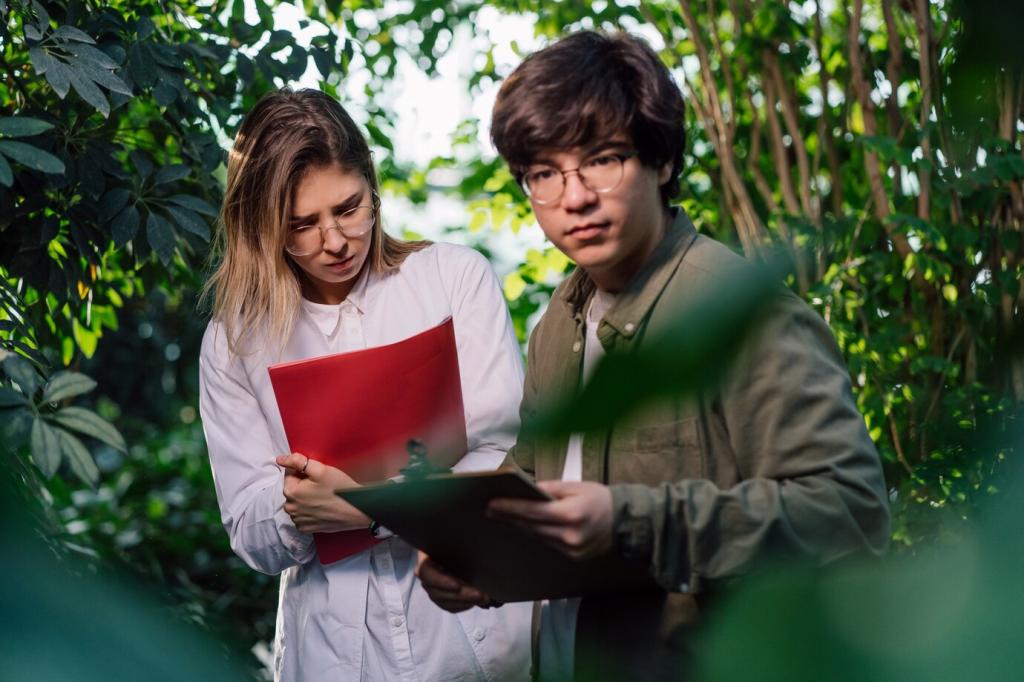Sustainable Practices in Biophilic Design
Biophilic design represents a transformative approach to creating built environments that foster a deep connection between people and nature. By incorporating natural elements, patterns, and processes, biophilic design not only enhances well-being but also promotes sustainability. The integration of sustainable practices into biophilic design ensures that these spaces minimize environmental impact, conserve resources, and support ecological health. This synergy between nature and design leads to improved air quality, psychological comfort, and more resilient communities, ultimately contributing to both human and planetary wellness.

Integrating Renewable Materials
Responsibly sourced wood, such as that certified by the Forest Stewardship Council, is integral to sustainable biophilic design. Timber provides warmth, texture, and organic beauty, making occupants feel more connected to the natural world. When wood is harvested from sustainably managed forests, it supports regeneration and biodiversity, reducing deforestation and habitat loss. Additionally, sustainably sourced wood can sequester carbon, contributing to lower overall carbon footprints. By choosing wood products with traceable origins, designers support ethical supply chains and ensure that forest ecosystems remain healthy for future generations.
Daylighting is fundamental in biophilic spaces, improving occupant health while decreasing the reliance on artificial lighting. Strategic placement of windows, skylights, and light wells allows for abundant natural illumination that supports circadian rhythms and enhances mood. Careful architectural orientation and the use of high-performance glazing optimize sunlight penetration without causing excessive heat gain. By maximizing the use of daylight, designers decrease energy demands, decrease greenhouse gas emissions, and create spaces that feel open, vibrant, and naturally inspiring.
Enhancing Energy Efficiency
Water Stewardship in Biophilic Design
Rainwater harvesting systems capture and store precipitation for use in irrigation, flushing, or even potable needs, reducing demand on municipal supplies. This approach not only conserves freshwater resources but also reduces stormwater runoff, mitigating erosion and flooding. Incorporating visible rainwater features such as collection pools or water walls can enhance the multisensory biophilic experience, making the presence of water both practical and beautiful within a space.

